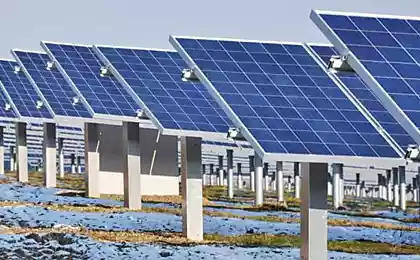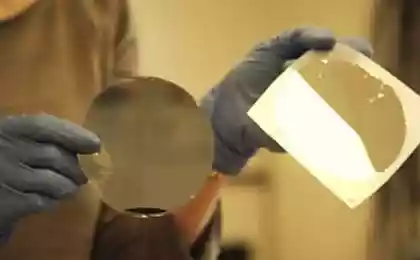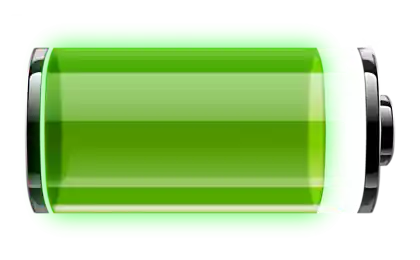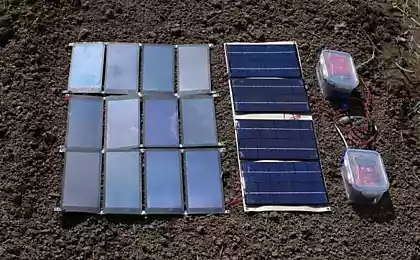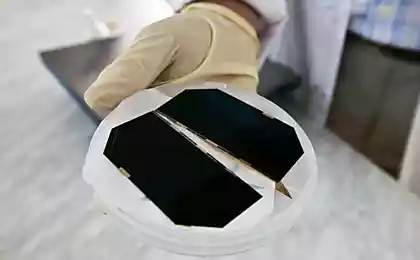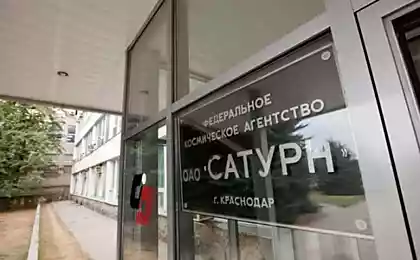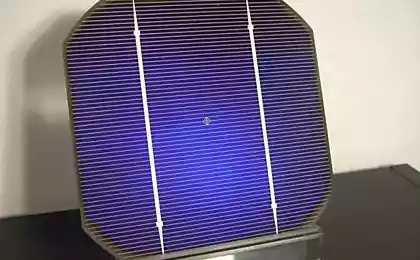515
Solar cell quantum dots are better and cheaper than silicon
Alternative to silicon solar cells exist. The research team from the University of Toronto has created a two-layer solar element of the light-absorbing nanoparticles called quantum dots. Changing the size of quantum dots, you can "customize" them to the absorption of light in a certain spectrum. Scientists from the University came up with to combine two different types of quantum dots in a single element, so to extend the range of the spectrum absorbed by the element. And quantum dots are in the form of a spray and can be sprayed on the item battery as normal paint.
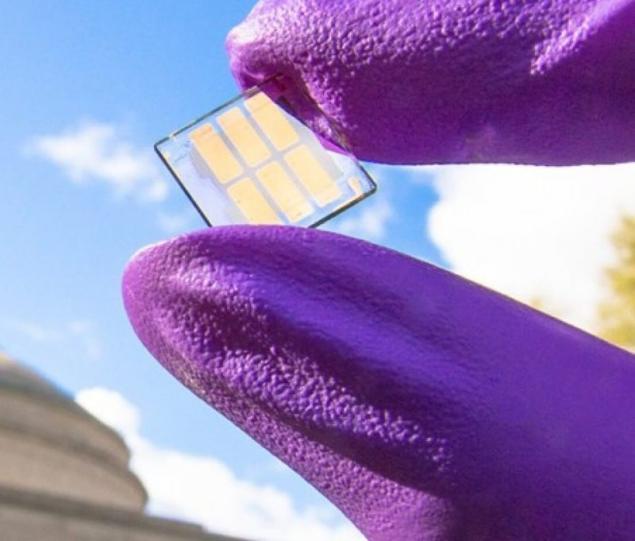
Difference innovations from older technologies is that conventional solar cells convert light into electricity is only one wavelength, and the rest of the light either passes through the element of notice, or converted into electricity with low efficiency. The maximum theoretical efficiency of conventional solar cells is about 31%. In the new cells one layer of quantum dots configured to capture visible light and the other in the infrared spectrum.
Scientists also found a way to deal effectively with the problem of two – layer elements, limiting the effectiveness of the element due to the large electrical resistance between the layers. They are placed between two layers of quantum dots, the so-called transition layer consisting of a mixture of oxides of various metals. This layer, says study leader Professor electronics Ted Target, will promote good electrical conductivity between the two layers, and therefore low electrical resistance.
Ted Target claims that such technology can successfully be used to create three - and four-layer solar cells for improved efficiency of solar cells. Chemistry Professor John Asbury at the University of Pennsylvania says that the use of multilayered cells based on quantum dots theoretically increase the use of sunlight to generate electricity from 30% to almost 50%. Here's an alternative to silicon in solar cells and photocells.
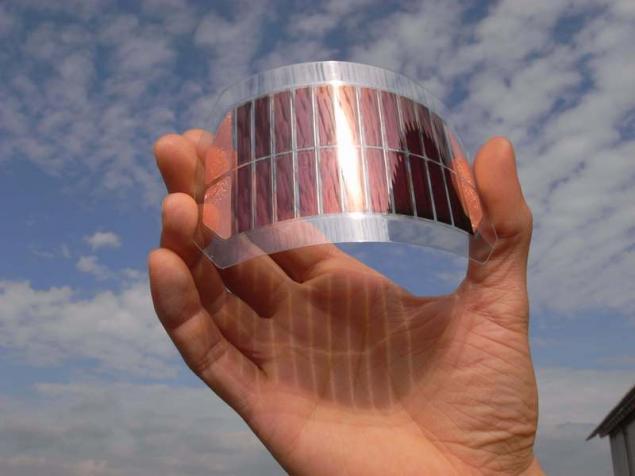
According to scientists, further work in this area can lead to the creation of ultra-thin, flexible solar panels and photovoltaic cells. New developments can be used for a wide range of applications within the solar industry.
The pilot devices is the precise positioning "quantum dots" (nano-sized particles of a crystal) absorbing energy from the sun. Layers "quantum dots" are located between the nanomembranes of silicon (thickness 0.1 micron) which serve for energy transfer.published
Source: solargenerator.com.ua/easyshop/solnechnye-batarei/2149-solnechnaya-batareya-na-kvantovyh-tochkah-luchshe-i-deshevle-kremnievoy.html

Difference innovations from older technologies is that conventional solar cells convert light into electricity is only one wavelength, and the rest of the light either passes through the element of notice, or converted into electricity with low efficiency. The maximum theoretical efficiency of conventional solar cells is about 31%. In the new cells one layer of quantum dots configured to capture visible light and the other in the infrared spectrum.
Scientists also found a way to deal effectively with the problem of two – layer elements, limiting the effectiveness of the element due to the large electrical resistance between the layers. They are placed between two layers of quantum dots, the so-called transition layer consisting of a mixture of oxides of various metals. This layer, says study leader Professor electronics Ted Target, will promote good electrical conductivity between the two layers, and therefore low electrical resistance.
Ted Target claims that such technology can successfully be used to create three - and four-layer solar cells for improved efficiency of solar cells. Chemistry Professor John Asbury at the University of Pennsylvania says that the use of multilayered cells based on quantum dots theoretically increase the use of sunlight to generate electricity from 30% to almost 50%. Here's an alternative to silicon in solar cells and photocells.

According to scientists, further work in this area can lead to the creation of ultra-thin, flexible solar panels and photovoltaic cells. New developments can be used for a wide range of applications within the solar industry.
The pilot devices is the precise positioning "quantum dots" (nano-sized particles of a crystal) absorbing energy from the sun. Layers "quantum dots" are located between the nanomembranes of silicon (thickness 0.1 micron) which serve for energy transfer.published
Source: solargenerator.com.ua/easyshop/solnechnye-batarei/2149-solnechnaya-batareya-na-kvantovyh-tochkah-luchshe-i-deshevle-kremnievoy.html








